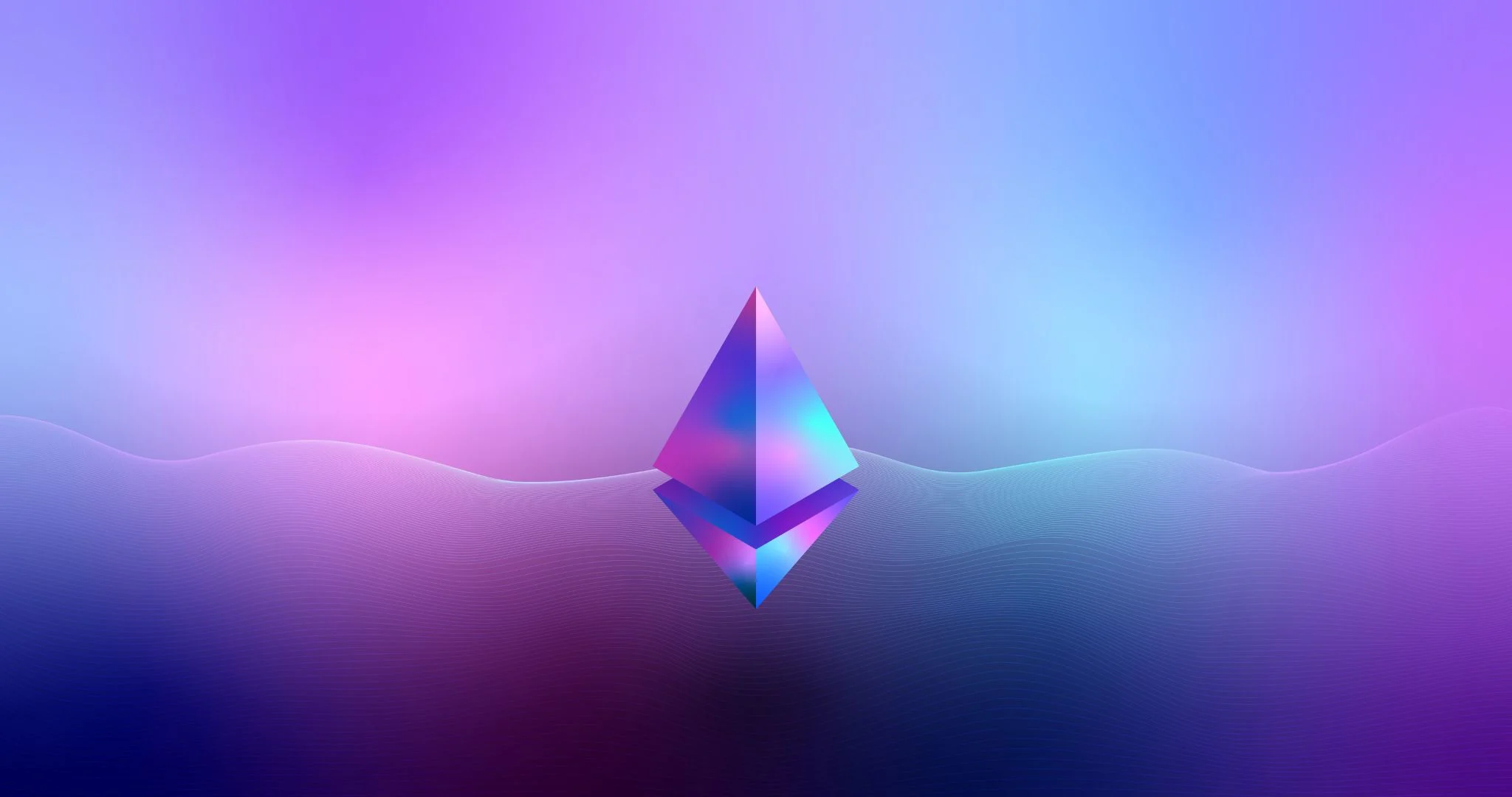Back to Blog
Proof-of-Stake Explained: A Guide to the the Future of Blockchain

Arvind Kesh
Apr 13th, 2023
.6 min read

Are blockchains harming the environment? While colossal steps toward a truly zero-impact enterprise have been taken, sadly, the short answer is: kind of. It turns out that the shift to cleaner energy sources is only part of the solution.
The elephant in the room is electronic waste.
Bitcoin mining generates a staggering 54.21 kilotons of electronic waste annually. This is at comparable levels to the total e-waste of countries like the Netherlands. But not all blockchains are the same: while Bitcoin employs an energy-intensive mechanism called “proof-of-work” to validate transactions — each transaction creating 457 grams of e-waste (or to two iPhones) — other blockchains, like Ethereum, use the proof-of-stake consensus mechanism (PoS).
And PoS has already made giant leaps in bringing blockchain technology to greener pastures of reduced environmental footprints.
What is Proof-of-Stake?
With Ethereum's recent Shanghai upgrade, PoS is only getting better. But to improve on ground gained, we need to unpack the underlying technology. Proof-of-stake is a consensus mechanism that chooses validators to ensure a transaction's authenticity. Unlike proof-of-work, only one validator is chosen for a specific transaction. The validation process is also simplified eliminating the need for high-end computing power.
To become a validator, a person needs to stake a specified number of tokens native to the blockchain. For each transaction, a validator is selected randomly, according to factors like:
- Total coins staked, and
- History of staking in the past
The precise methodology for choosing a validator may vary depending on the blockchain. Validators receive rewards for accurately checking the authenticity of a transaction. In the event of a discrepancy, a portion of the staked amount is deducted as a penalty. This process is known as slashing.
Although PoS is a relatively new consensus mechanism, it has already grown into a billion-dollar industry. Blockchain giant Ethereum’s transition into proof-of-stake is one of the primary drivers behind its expansion and advocacy.
Proof-of-work vs Proof-of-stake (A Pirate Analogy)
When Satoshi Nakamoto envisioned Bitcoin, he used proof-of-work as a way to keep the blockchain secure and tamper-proof. To better understand the differences between PoW and PoS, let’s use the analogy of a treasure hunt with pirates.
Scenario 1: Competitive Pirates Hunting for Clues (PoW)
You are a pirate stuck on an island with your crewmates. There is a treasure chest with coins hidden somewhere, and nobody knows where it lies. However, there are clues buried in different parts of the island. All you have to do is dig and find enough clues that will lead you to the treasure. Once a pirate finds the treasure, they get to keep it, and the next hunt begins. Treasure hunts happen continuously one after the other.
Scenario 2: Enter the Parrot (PoS)
The pirates can’t compete anymore because there’s a new “sheriff” in town - the parrot with a treasure map! Instead of searching for hidden clues, each pirate is asked to put up some of their coins as a safety deposit. The more coins a pirate puts into the pool, the higher their chances of being chosen to find the treasure chest. The parrot gives the map to one of the pirates, and only that pirate is allowed to hunt the treasure.
When the pirate finds the treasure chest, they not only get the coins inside the chest but also all the coins they deposited. If a pirate tries to cheat or doesn't follow the rules, they lose the coins they deposited, and they might not be able to participate in future treasure hunts.
Comparing the Premise
In Scenario 1 (PoW), the pirates are “miners” who try to validate a transaction. The process of digging up clues and finding the treasure is akin to solving cryptographic problems. The treasure is the bitcoin you earn for validating the transaction.
In Scenario 2 (PoS), the pirates act as "validators" who deposit their coins as a safety deposit, which is akin to staking tokens. The parrot here is the algorithm that chooses the validator.
Comparing the Incentives
In the PoW analogy, the newbie pirates use their hands to dig while the others invest in shovels. The richer pirates invest in buying digging machinery to improve their chances of finding the clues. Those who invested in the machinery end up winning most of the treasure. But they end up using a lot of fuel and keep replacing the machinery. They don’t mind because they’re getting a lot of treasure.
Here, the digging machinery is equivalent to GPU processors that help in bitcoin mining. This process is very competitive and incentivizes individuals to go on a gold rush without minding other consequences. Apart from the huge energy consumption, the GPU processors have to be replaced every 1.5 years and contribute to e-waste.

In the PoS analogy, it's mandatory for the pirates to deposit coins (tokens native to the blockchain) to even be considered for the treasure hunt. In other words, the validators are incentivized to invest in the blockchain. This is an excellent way to fortify the ecosystem surrounding the project.
Comparing the Cryptography
In PoW, the pirates are rivals in a digital gold rush. Even the cryptographic puzzle is made more complex as more miners enter the race. Complexity in cryptography again amounts to more computational power and thus putting more pressure on the environment.
The map analogy is significant in PoS. A simple map has replaced the overabundance of concrete clues buried in the sand, which translates to scaled computation, simplifying the validation process. Instead of several rival pirates scouring the island to solve the same puzzle with exclusive perspectives, they're suddenly thrust into collaboration, sharing notes. There is only one validator.
Validator errors are easy to check in PoS
So in a PoS system, even a regular computer can solve a block in most cases. Combined with the reduced effort required to validate, the environmental footprint of transactions is thus minimized.
Comparing Security: The Detested 51% attack
In any blockchain, a 51% attack is a scenario when a bad actor can take over and alter the chain. In PoW, this would mean someone having control over 51% of the miners, and in PoS, this would mean someone owning or having control over 51% of the tokens.
So which is more secure?
The short answer is PoW. But there’s more to the story. As a blockchain becomes bigger, PoS becomes a viable option. In the early stages, it is easier for a small group of people to own more than 51 percent of the tokens. But this becomes difficult in a bigger chain with a lot of people owning tokens. This is why it's almost impossible to do a coordinated 51 percent attack on a blockchain like Ethereum.
Ethereum: The Merge
Ethereum is probably the best case-study when it comes to a blockchain transitioning from PoW to PoS. The Merge happened on September 15, 2022 and has often been compared to changing the engine of a flying plane. The complexity involved and the successful transition is a great testament for other blockchains to follow suit.

A good strategy is to start off as PoW and then transition into PoS as the blockchain gains wider adoption. This is exactly what Ethereum did. Popularly referred to as the “Merge,” it reduced Ethereum’s energy consumption by 99 percent and put an end to tons of projected e-waste through Ethereum mining. There were misconceptions surrounding the transition that it would lower gas fees (cost of transactions) and improve speed; both possibilities were debunked by the Ethereum Foundation.
While there are perks to transitioning, many believe that the overall security decreases. This is why many hardcore crypto enthusiasts still back a PoW system. In fact, many flocked to Bitcoin ordinals (NFTs minted in the Bitcoin) when it was released earlier this year, since it was a more secure alternative to Ethereum-based NFTs.
The Future of proof-of-stake
Proof-of-stake is a much-needed advancement in blockchain technology that makes it accessible more people, broadening the scope of onboarding to Web3. As a possible upgrade, now we also have something called Proof-of-History (PoH), which is essentially PoS with the added variable of time. This enables blockchains like Solana can facilitate transactions in record time.
The best part of PoS is that it opens up the opportunity for anyone to earn passive income while investing in blockchain projects they believe in. Initially, staking was restricted to the tokens in a blockchain. But as NFTs became more valuable and popular, new applications have emerged that supercharge this popularity.
This is an exciting development as NFTs are moving beyond their “collectible” tag and becoming sources of income. To know more, checkout our guide that goes in-depth into the intricacies of NFT staking.
Related Posts

ETH’s Shanghai Upgrade Is Going Live. Here's Everything You Need to Know
Ethereum's Shanghai Upgrade unlocks ETH staking rewards for validators. So,...

Eric Esposito
Apr 12th, 2023

Bitcoin Ordinals Explained: Pricing, What They Are, and How They Work
Launched in January 2023, Bitcoin Ordinals have made enormous waves in the ...

Virginia Valenzuela
Mar 31st, 2023

NFT Staking Explained: A Guide to the Pros, Cons, and Precautions
NFT staking promises to reward NFT collectors with constant crypto rewards....

Eric Esposito
Mar 28th, 2023